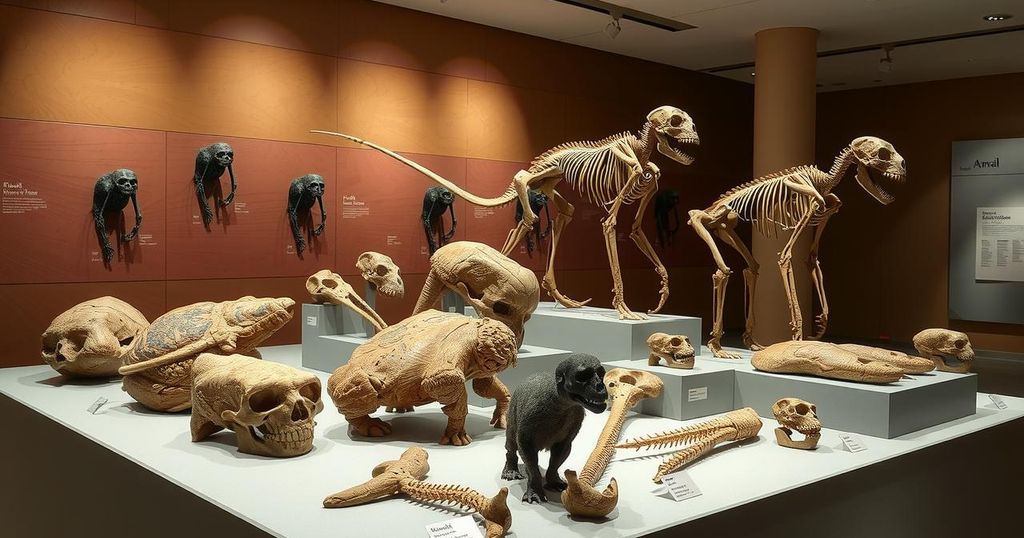Science
ANDREW TOMKINS, AUSTRALIA, CLIMATE, CUBA, EARTH, EARTH AND PLANETARY SCIENCE LETTERS, EARTH AND PLANETARY SCIENCES, ENVIRONMENTAL IMPACT, EXTREME WEATHER, GLOBAL WARMING, MELBOURNE, MONASH UNIVERSITY, NASA, NORTH AMERICA, OCEANIA, SATURN, SCIENCE, SPACE EXPLORATION, TOMKINS, WONDER THEORY
Amina Hassan
0 Comments
Earth’s Possible Ancient Ring: Uncovering Climate Mysteries of the Ordovician Period
Scientists propose that Earth may have had its own ring system 466 million years ago during the Ordovician Period, impacting meteorite distribution and triggering a cold climate event. This hypothesis, supported by the clustering of impacts near the equator, is set to reshape our understanding of Earth’s climatic history and evolutionary developments.
In a groundbreaking study, scientists suggest that Earth might have once had a magnificent ring system akin to that of Saturn. This hypothesis arises from evidence showing that 21 ancient impact craters clustered near the equator date back to the Ordovician Period, approximately 466 million years ago. The unique clustering, which defies random distribution patterns seen in other celestial events, hints at the presence of a rocky ring from which meteoroids rained down upon the young planet. This intriguing discovery may also explain one of the coldest climate events in Earth’s history, the Hirnantian Age, possibly caused by the ring’s shadow blocking sunlight.
The implications of this theory extend far beyond understanding meteorite impacts; researchers are also contemplating how such a ring might have influenced evolutionary processes on Earth due to the climatic challenges it posed. An asteroid, potentially large enough to reach the Roche limit, is theorized to have contributed to this phenomenon by breaking apart and creating a dense debris field encircling the planet.
As scientists delve deeper into the characteristics of this ancient ring, they see an opportunity to answer critical questions about climate change events and their impact on life’s evolution. Geologist Andrew Tomkins points out, “It’s statistically unusual that you would get 21 craters all relatively close to the equator. It shouldn’t happen.” This statement underlines the importance of further research into Earth’s past and how such a ring, if it existed, might have dramatically altered its environmental landscape.
The concept of planetary rings is primarily associated with gas giants like Saturn, Jupiter, Uranus, and Neptune. However, recent studies have sparked interest in the possibility that Earth too may have once harbored a ring during the Ordovician Period. This era, characterized by significant biological diversification and environmental changes, coincided with increased meteorite activity on the planet. The study brings forth the notion that the clustering of craters near the equator could indicate the influence of a celestial ring, an idea that could reshape our understanding of early Earth conditions and their influence on the evolution of life.
This research opens a captivating window into Earth’s ancient climatic conditions and their potential connection to a lost ring system that once adorned our planet. With implications for understanding evolutionary milestones and climate variability, the study invites a reevaluation of Earth’s history through the lens of celestial phenomena. As scientists explore the links between ring formation, meteorite impact distribution, and climatic events, they aspire to shed light on the complex tapestry of life’s evolution etched into our planet’s past.
Original Source: www.cnn.com




Post Comment